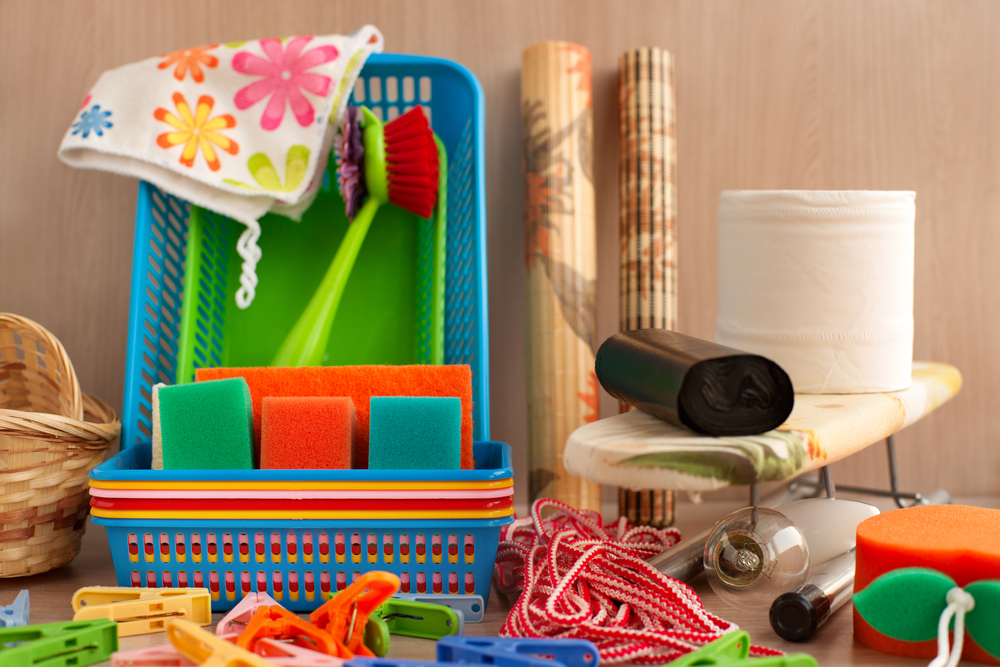We use countless everyday items without ever stopping to think about how they were actually designed to be used. Many of these objects include small features or built-in details that go unnoticed because they have simply blended into routine. When used properly, these items can save time, prevent waste, improve safety, and make life smoother. The truth is, many people have been using these items incorrectly all along without realizing it. Here are 11 common examples where the right technique or hidden design might surprise you.
1. Toothpaste Tubes
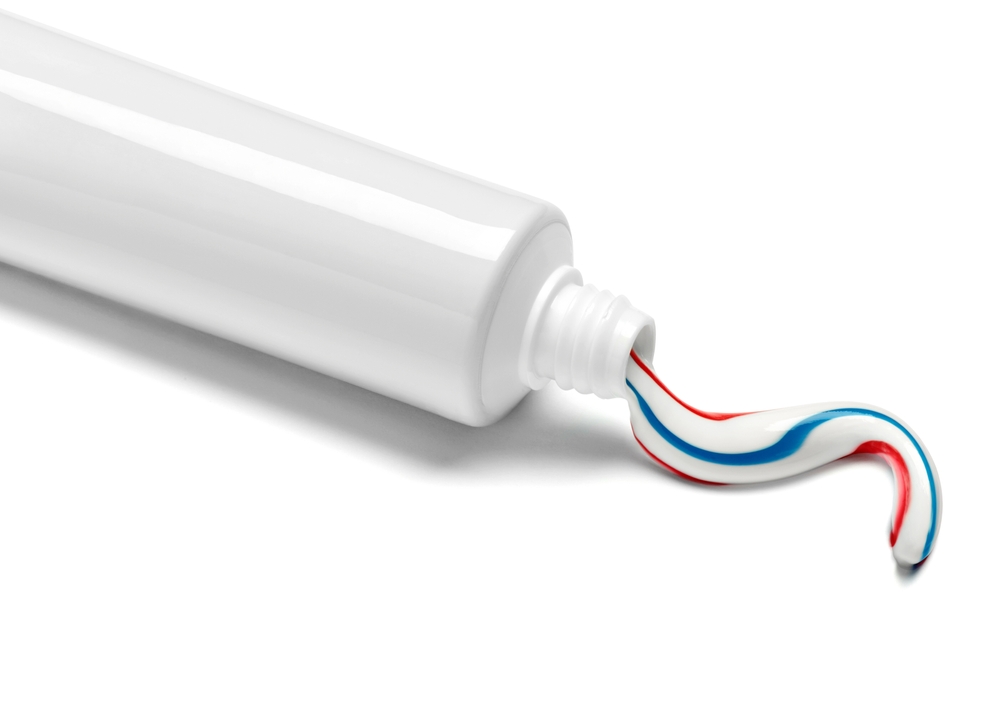
Most people squeeze toothpaste tubes right from the middle, which causes the paste to build up unevenly and makes the tube messy. The correct way is to push from the very bottom and roll it upward as you go. This method uses pressure evenly and ensures that every last bit of paste comes out. Some toothpaste tubes even include a faint crease at the end for folding, making rolling easier. If you have ever been frustrated by wasting the last portion or cutting the tube open to scrape out leftovers, you have been using it wrong. Rolling from the bottom not only saves paste but also helps the cap stay clean since excess pressure does not cause unnecessary squirts.
2. Aluminum Foil Boxes
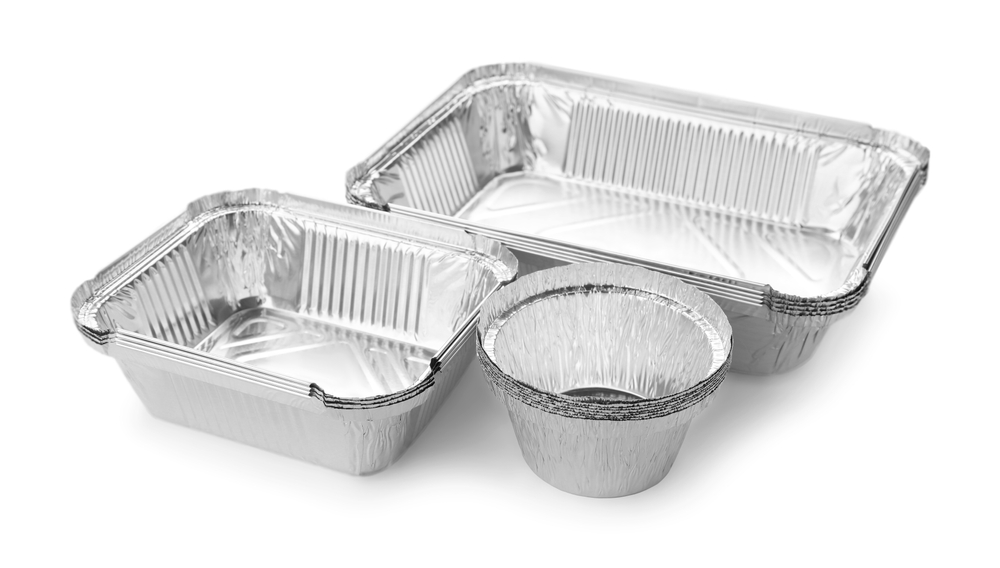
Pulling aluminum foil or plastic wrap from a box can feel like a battle. Many people tug on the roll and end up with it sliding right out of the box. What most overlook is that almost every box has small perforated circles on both ends. These tabs are meant to be pushed in so the cardboard grips the roll. This locks it into place and prevents slipping. Without using this feature, the roll moves freely, causing wasted foil and frustration. The design is simple, but it completely changes how smooth the process feels. Once you use the locking tabs, you realize the box is much sturdier than it first appears.
3. Tic Tac Containers
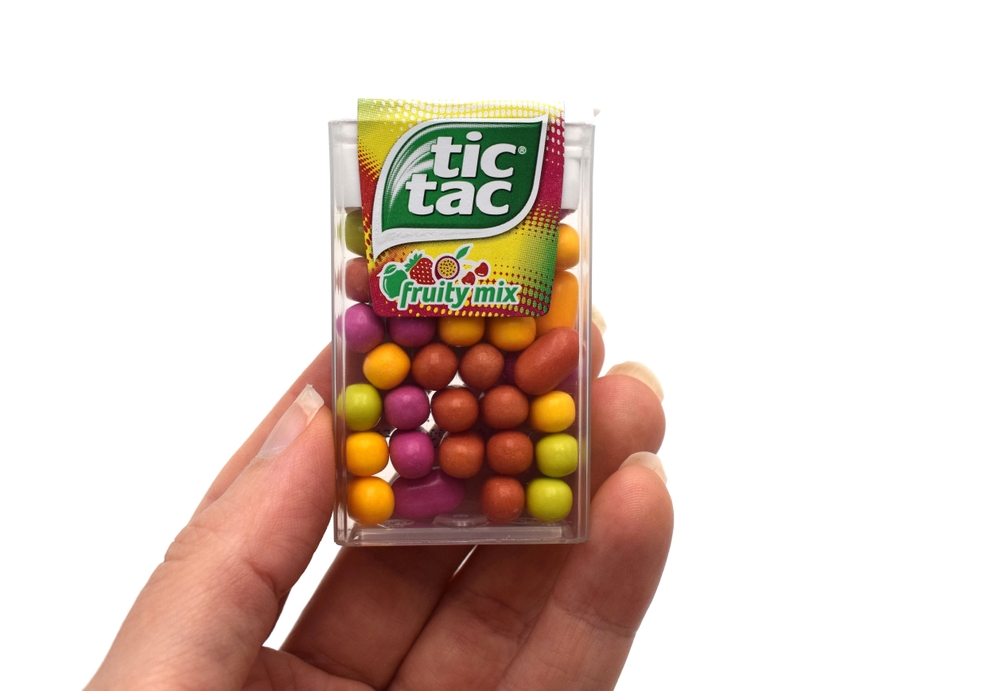
A common sight is people shaking out Tic Tacs directly into their hand, usually spilling more than intended. The lid of a Tic Tac container is designed with a small groove shaped to hold one mint at a time. When tipped carefully, the mint should rest in that slot, making portion control easy. This feature is overlooked because people are in the habit of pouring them out without checking the design. The single-serving dispenser helps avoid waste and also makes sharing more hygienic since you are not dumping several into your palm. It is a tiny feature that reflects thoughtful product design.
4. Cooking Pot Handles
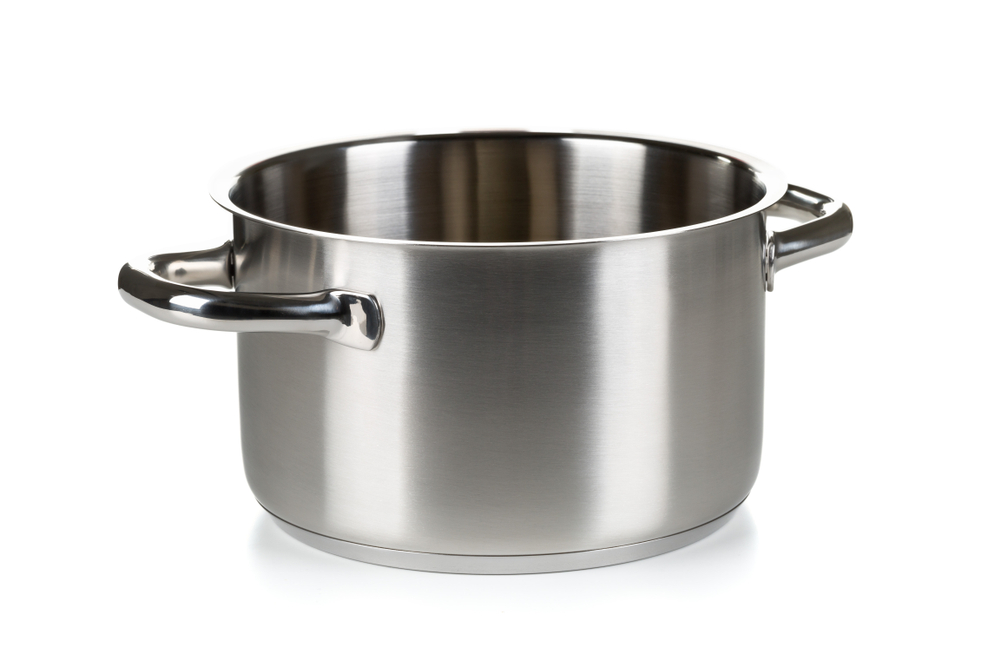
Many cooking pots have a hole at the end of the handle. People often assume this is just for hanging the pot on a hook, but it has another use. The hole is also shaped to hold a wooden spoon or ladle. Resting the spoon in the hole while you cook keeps drips from landing on your stove or counter, directing them back into the pot instead. This small but effective detail makes cooking cleaner and more efficient. If you have ever had to scrub dried sauce off the counter after stirring, this feature was designed to prevent exactly that problem.
5. Juice Box Flaps

Spilled juice from squeezed boxes is a universal childhood memory. What often goes unnoticed is that juice boxes have two small flaps at the top. These are meant to be folded upward and held like little handles. By gripping the box this way, you avoid squeezing it too tightly, which keeps the liquid from squirting out. It is a built-in safety design that makes drinking from the box more manageable, especially for children. This overlooked feature proves that even the simplest packaging has a smarter way of being used if you pay attention.
6. Bobby Pins
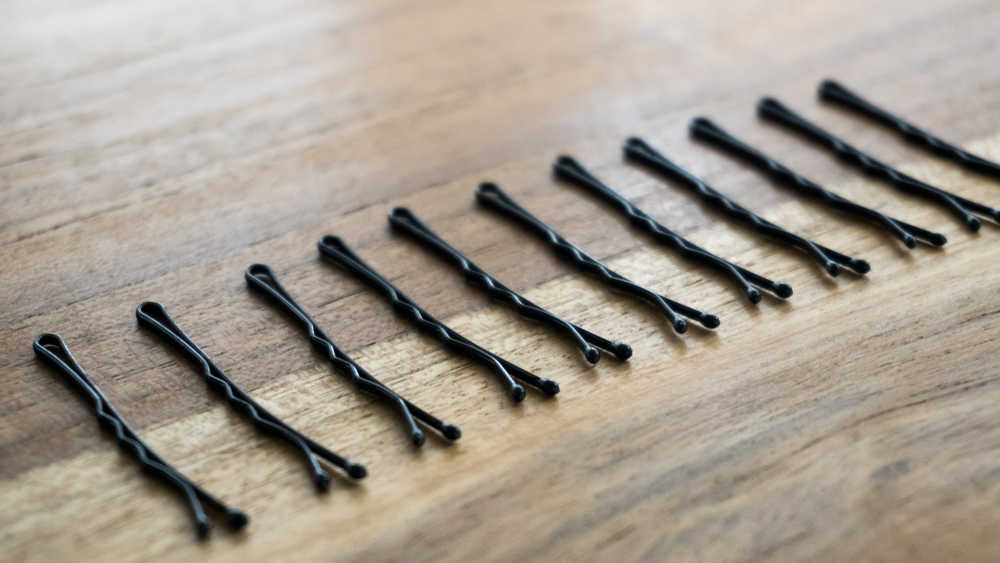
Most people slide bobby pins into hair with the wavy side facing up, thinking it should be visible. The real purpose of the wavy side is to grip the hair securely while the flat side keeps it pressed down smoothly. When used correctly, with the wavy side underneath, the pin stays in place much longer and prevents slipping. Using it upside down often causes the pin to slide right out, which is why many people assume bobby pins do not hold well. This tiny reversal in direction changes how effective the accessory is, turning it from unreliable to dependable.
7. Penc Caps
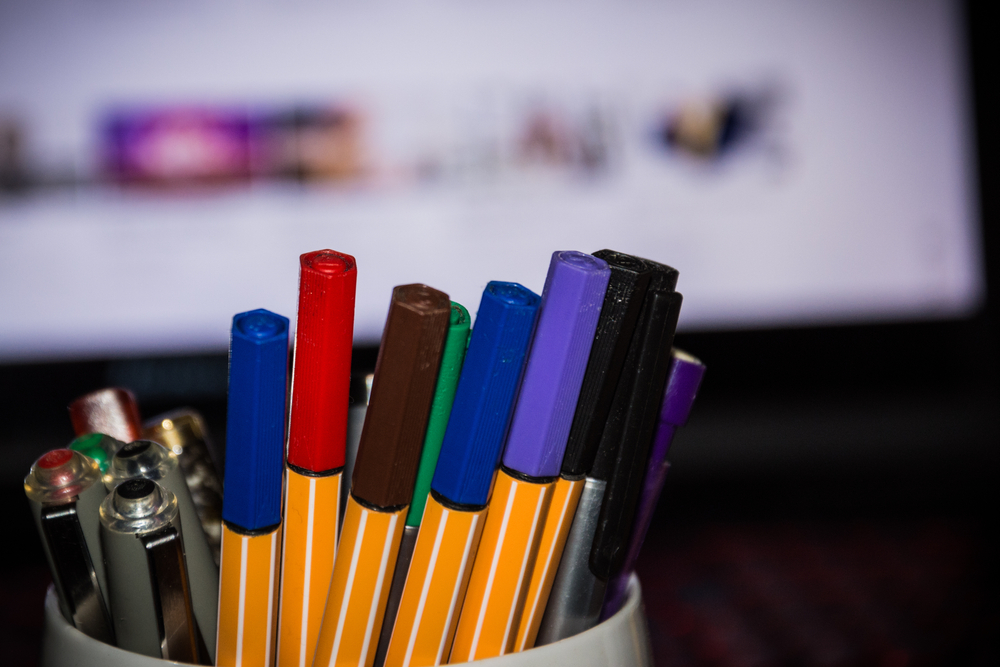
The small hole in pen caps is not an accident or a pointless detail. It is a deliberate safety measure. Since pen caps are one of the most common choking hazards, the hole allows air to pass through if someone accidentally swallows one. This means the airway is less likely to be fully blocked, reducing the risk of suffocation. While most people assume the hole is part of the design to equalize pressure or prevent ink drying, its main function is life-saving. Knowing this makes you realize how something so ordinary has a hidden safety function built into it.
8. Elevator Doors

The “close door” button on elevators is one of the most overused and misunderstood buttons in modern buildings. Many people press it repeatedly, thinking it makes the doors close faster. In reality, in most public elevators the button is either disabled entirely or programmed to work only for maintenance staff or firefighters. This is because safety regulations require doors to remain open long enough for passengers, especially those with mobility needs. The doors close on a timer, and pressing the button usually has no effect. The belief that it works is mostly psychological, giving riders a sense of control where there is none.
9. Keyboards
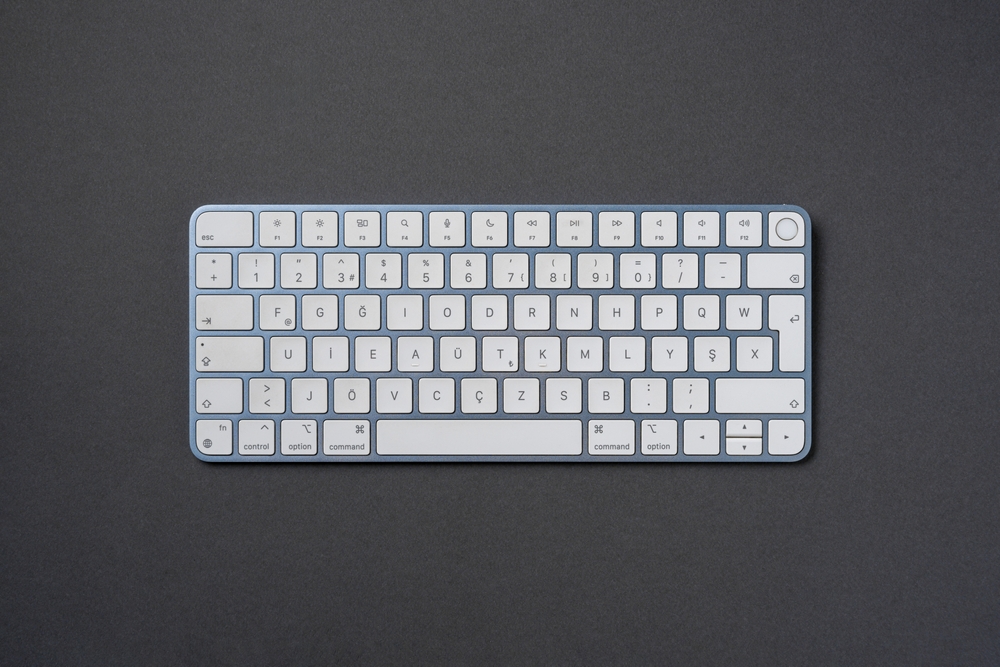
The small bumps on the F and J keys go unnoticed by many casual computer users. Their purpose is to guide your fingers into the correct typing position without looking down. By resting your index fingers on these bumps, you know where the rest of your hands should align on the keyboard. This is the basis of touch typing, which allows people to type quickly and accurately without needing to watch their fingers. Many people never learn this and assume the bumps are random, but they are actually one of the most useful design features for anyone who spends time typing daily.
10. Shopping Cart Loops

At the back of many shopping carts, there is a fold-out section with small hooks or loops. Most shoppers ignore them, thinking they are just part of the structure. They are actually designed to hold bags that contain fragile or soft items, like bread, eggs, or chips. Placing these bags on the loops keeps them separate from heavier groceries, protecting them from being crushed. This clever feature makes the cart more efficient, yet most people stack everything in the main basket, risking damage to delicate items.
11. Screwdriver Handles
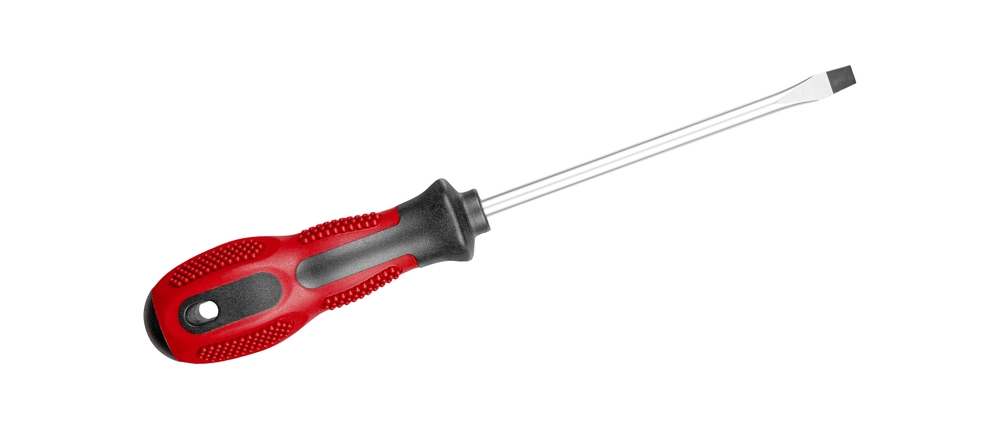
Screwdrivers often include a hollow handle design that serves more than one purpose. Besides being easy to grip, the handle can sometimes be placed over a wrench or used with a socket for extra torque. This means when a screw is particularly stubborn, you can use leverage instead of straining your wrist. Many people never use this feature and end up fighting with stuck screws longer than necessary. The design allows the tool to serve as both a simple driver and a more powerful aid when needed.
Often Goes Unoticed
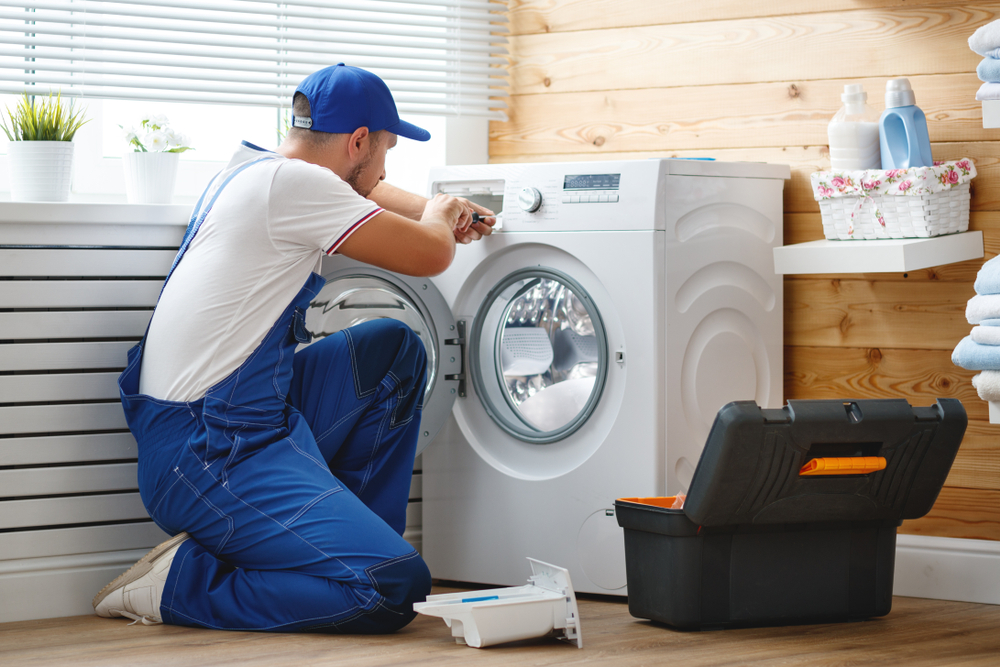
Everyday items are full of clever details that often go unnoticed because we get used to doing things by habit. From toothpaste tubes to shopping carts, these features are meant to make life easier, safer, and more efficient. By taking the time to look closer at the objects you use daily, you discover designs that solve problems you never realized had solutions. Paying attention to these small but important details not only improves convenience but also shows how much thought goes into creating even the simplest items. The next time you pick up one of these everyday tools, try using it the way it was truly meant to be used and see how much better it works.
Read More: You Might Not Realize It, But These 7 Everyday Things Mean You Have a Great Life
Disclaimer: This article was created with AI assistance and edited by a human for accuracy and clarity.
